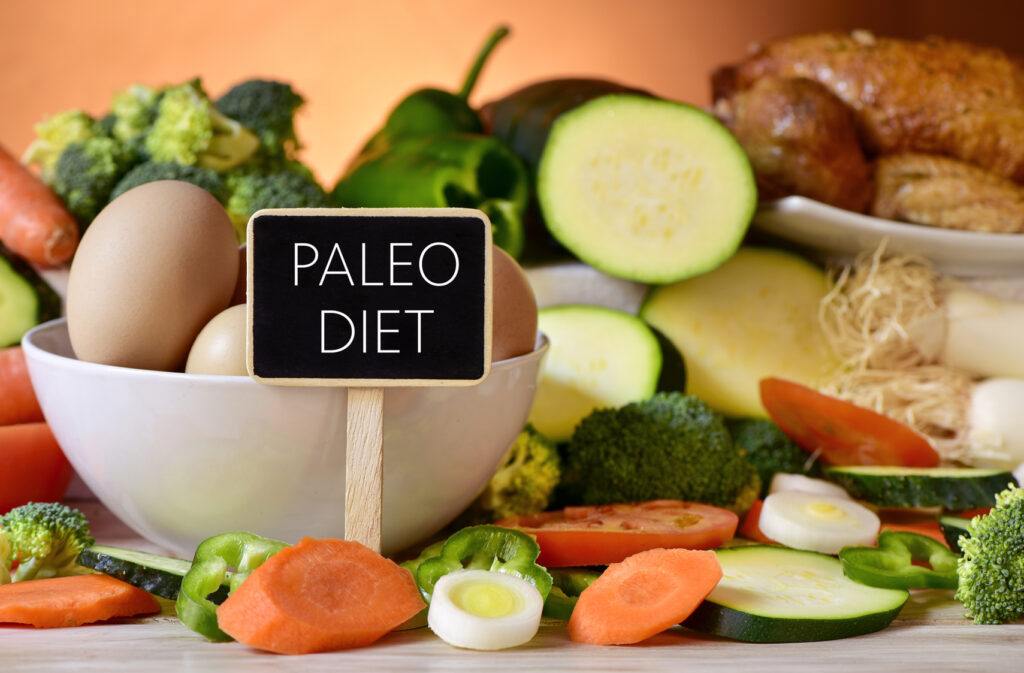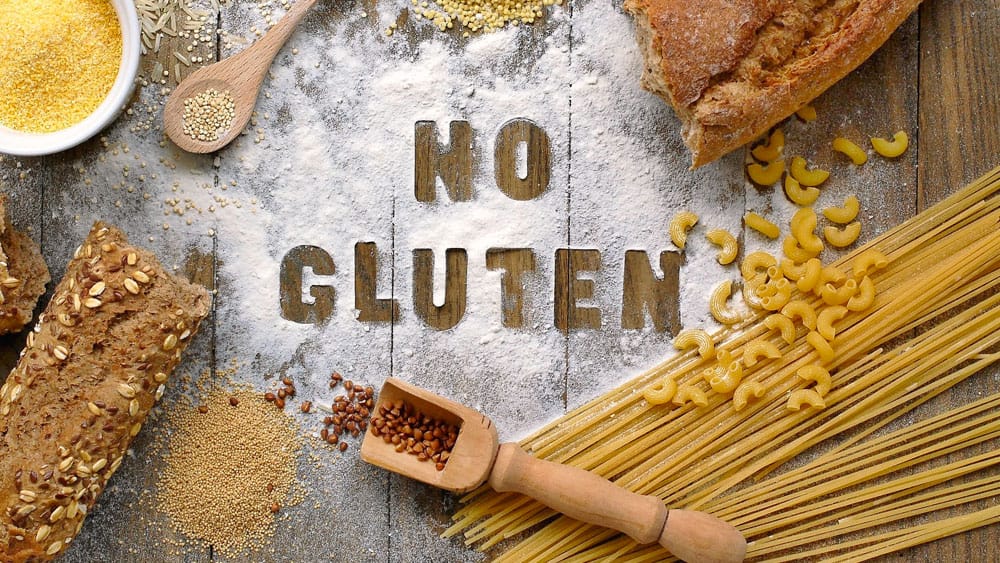In today’s health-conscious society, various types of diets have gained popularity, each claiming to offer unique benefits for weight loss, improved health, or disease prevention. With so many options available, it can be overwhelming to understand the differences and determine which diet may be right for you.
Understanding 7 different types of diets involves exploring their principles, food restrictions or recommendations, and potential pros and cons. By examining these factors, you can make an informed decision about which dietary approach aligns with your goals and suits your lifestyle.
From the Mediterranean Diet, known for its heart-healthy properties, to the DASH Diet, which promotes weight loss through low-carb, high-fat consumption, each diet has its own set of advantages and disadvantages. By understanding the pros and cons of each diet, you can identify the approach that aligns with your goals, preferences, and lifestyle. It’s important to note that consulting with a healthcare professional or registered dietitian is recommended before starting any new diet to ensure it is suitable for your individual needs.
1. The Mediterranean Diet

The Mediterranean Diet is a well-known eating pattern inspired by the traditional diets of Mediterranean countries. It emphasizes the consumption of fruits, vegetables, whole grains, legumes, lean proteins, and healthy fats, with limited intake of processed foods and red meat. Here, The Mediterranean Diet with their pros and cons:
Pros:
- Heart Health: The Mediterranean Diet has been associated with a reduced risk of heart disease and stroke due to its emphasis on monounsaturated fats and high fiber content.
- Nutrient-Rich: This diet provides a wide range of essential nutrients, including vitamins, minerals, and antioxidants from fruits, vegetables, and whole grains.
- Anti-Inflammatory Effects: The abundance of plant-based foods and healthy fats in the Mediterranean Diet has anti-inflammatory properties that may help prevent chronic diseases.
- Sustainable and Flexible: The diet allows for a variety of foods, making it easier to follow in the long term and adaptable to different cultural preferences.
- Enjoyable and Social: The Mediterranean Diet promotes the enjoyment of meals, mindful eating, and the importance of social connections.
Cons:
- Limited Animal Protein: The diet’s emphasis on lean proteins like fish, poultry, and legumes may not satisfy those who prefer higher intakes of red meat.
- Potential for Overconsumption: The inclusion of healthy fats, such as olive oil and nuts, may lead to overeating if portion sizes are not controlled.
- Cultural Adaptation: People from non-Mediterranean regions may find it challenging to adopt the diet due to cultural differences and ingredient availability.
- Lack of Specific Guidelines: The Mediterranean Diet lacks strict rules or meal plans, requiring individuals to make informed choices about portion sizes and food combinations.
- Individual Variations: Each person’s response to the diet may vary, and some individuals may require personalized modifications to meet their nutritional needs.
When considering the Mediterranean Diet, it is important to weigh its potential benefits against personal preferences and individual health conditions.
2. The Paleo Diet

The Paleo Diet, also known as the “Caveman Diet,” is based on the concept of eating like our Paleolithic ancestors. It focuses on whole, unprocessed foods while excluding grains, legumes, dairy, and processed foods. The Paleo Diet with its pros and cons.
Pros:
- Emphasis on Whole Foods: The Paleo Diet encourages the consumption of nutrient-dense whole foods, such as fruits, vegetables, lean meats, and nuts.
- Reduced Processed Foods: By eliminating processed foods, the diet promotes a healthier eating pattern and limits exposure to additives and preservatives.
- Potential for Weight Loss: The Paleo Diet’s focus on lean proteins and high-fiber foods may contribute to weight loss and improved body composition.
- Blood Sugar Control: The elimination of refined sugars and grains can lead to better blood sugar regulation, making it beneficial for individuals with diabetes or insulin resistance.
Cons:
- Nutrient Deficiencies: The exclusion of grains and dairy may result in inadequate intake of certain nutrients, such as calcium and vitamin D.
- Limited Food Choices: The strict guidelines of the Paleo Diet may make it challenging to adhere to in social situations or when dining out.
- Cost: The emphasis on high-quality, organic, and grass-fed animal products can make the Paleo Diet more expensive for some individuals.
- Lack of Long-Term Research: While short-term studies have shown positive effects, the long-term effects of the Paleo Diet are still not well-established.
In these Different types of diets, Before starting the Paleo Diet, it’s important to consider your individual health needs and goals.
3. The Ketogenic Diet

The Ketogenic Diet, commonly referred to as the Keto Diet, is a low-carbohydrate, high-fat diet that aims to shift the body into a state of ketosis. In ketosis, the body burns fat for fuel instead of carbohydrates. The Ketogenic Diet with its advantages and disadvantages:
Pros:
- Weight Loss: The Keto Diet has been shown to be effective for weight loss, as the body relies on stored fat for energy.
- Blood Sugar Control: The diet may help stabilize blood sugar levels, making it beneficial for individuals with diabetes or insulin resistance.
- Increased Satiety: High-fat foods can promote feelings of fullness and reduce hunger, potentially aiding in calorie control.
- Potential Cognitive Benefits: Some research suggests that the Keto Diet may have neuroprotective effects and improve cognitive function.
Cons:
- Strict Macronutrient Requirements: The Keto Diet requires precise tracking of carbohydrate intake, which can be challenging for some individuals.
- Keto Flu: During the initial adaptation phase, some people may experience symptoms like fatigue, headache, and irritability.
- Nutrient Deficiencies: The exclusion of certain food groups, such as fruits, whole grains, and legumes, may lead to deficiencies in fiber, vitamins, and minerals.
- Limited Food Choices: The diet restricts many high-carbohydrate foods, which may be challenging for individuals with diverse culinary preferences.
In various types of Diets, Before starting the Keto Diet, it is crucial to consult with a healthcare professional or registered dietitian, especially if you have any underlying health conditions.
4. The Vegetarian Diet

The Vegetarian Diet is a plant-based eating pattern that excludes meat but includes fruits, vegetables, grains, legumes, and dairy or plant-based alternatives. Here, the Vegetarian Diet with its pros and cons:
Pros:
- Nutrient-Dense Foods: The Vegetarian Diet emphasizes a variety of plant-based foods, providing essential nutrients like fiber, vitamins, and minerals.
- Potential Health Benefits: Research suggests that a well-planned vegetarian diet can reduce the risk of chronic diseases such as heart disease, high blood pressure, and certain types of cancer.
- Environmental Sustainability: Choosing a vegetarian diet can have a lower carbon footprint and contribute to sustainable food production.
- Ethical Considerations: Many people adopt a vegetarian diet due to concerns about animal welfare and the ethical implications of meat consumption.
Cons:
- Nutrient Deficiencies: It is important to ensure sufficient intake of nutrients like protein, iron, zinc, vitamin B12, and omega-3 fatty acids, which can be challenging on a vegetarian diet.
- Planning and Preparation: Following a vegetarian diet requires careful planning to ensure balanced meals and adequate nutrient intake.
- Social Challenges: Dining out or attending social events may require additional effort to find suitable vegetarian options or communicate dietary preferences.
When considering a vegetarian dietout of the different types of diets, it is essential to consult with a healthcare professional or registered dietitian to ensure proper nutrient balance and address individual needs.
Related: Healthy Snacks Ideas for busy Individuals.
5. The Vegan Diet

The Vegan Diet is a plant-based eating pattern that excludes all animal products, including meat, dairy, eggs, and honey. The vegan diet with its advantages and disadvantages:
Pros:
- Health Benefits: Research suggests that a well-planned vegan diet can lower the risk of chronic diseases such as heart disease, type 2 diabetes, and certain cancers.
- Environmental Sustainability: Choosing a vegan lifestyle can reduce environmental impact by conserving water, reducing greenhouse gas emissions, and preserving natural resources.
- Animal Welfare: The vegan diet aligns with ethical considerations by avoiding the use of animal products and supporting cruelty-free practices.
- High in Fiber and Antioxidants: Plant-based foods in a vegan diet are rich in fiber and antioxidants, which promote digestive health and protect against cellular damage.
Cons:
- Nutrient Deficiencies: Special attention is required to ensure adequate intake of nutrients like protein, vitamin B12, iron, calcium, and omega-3 fatty acids, which are commonly found in animal-based foods.
- Meal Planning and Preparation: Following a vegan diet may require more effort in meal planning and finding suitable plant-based alternatives.
- Social Challenges: Dining out or attending social gatherings may require additional communication and accommodation to meet vegan dietary needs.
6. The Gluten-Free Diet

The Gluten-Free Diet involves the exclusion of gluten, a protein found in wheat, barley, and rye, and is essential for individuals with celiac disease or gluten sensitivity. The Gluten-Free Diet with its pros and cons:
Pros:
- Symptom Relief: Following a gluten-free diet can alleviate symptoms and improve the quality of life for individuals with celiac disease or gluten sensitivity.
- Increased Awareness of Whole Foods: The diet promotes the consumption of naturally gluten-free foods like fruits, vegetables, lean proteins, and gluten-free grains, which can lead to a healthier eating pattern.
- Enhanced Digestive Health: Removing gluten from the diet can alleviate digestive issues such as bloating, gas, and diarrhea for those with gluten-related disorders.
Cons:
- Nutrient Deficiencies: The exclusion of gluten-containing grains may lead to potential deficiencies in nutrients like fiber, B vitamins, and iron.
- Cost and Availability: Gluten-free products are often more expensive and may be less readily available, making adherence to the diet more challenging.
- Social Limitations: Dining out or attending social events may require careful consideration and communication to ensure gluten-free options are available.
7. The DASH Diet

The DASH (Dietary Approaches to Stop Hypertension) Diet is a dietary approach designed to lower blood pressure and promote heart health.
Pros:
- Heart-Healthy: The DASH Diet emphasizes fruits, vegetables, whole grains, lean proteins, and low-fat dairy, which can help lower blood pressure and reduce the risk of heart disease.
- Balanced and Nutrient-Rich: The diet encourages a wide variety of foods, providing essential nutrients such as fiber, potassium, magnesium, and calcium.
- Flexibility: The DASH Diet can be customized to individual preferences and can accommodate different cultural and dietary needs.
- Research-Backed: Numerous studies have shown the effectiveness of the DASH Diet in reducing blood pressure and improving overall cardiovascular health.
Cons:
- Sodium Restriction: The DASH Diet limits sodium intake, which can be challenging for individuals who are used to consuming high-sodium foods.
- Potential for Increased Costs: Incorporating fresh fruits, vegetables, and lean proteins into the diet may be more expensive compared to a diet with processed and unhealthy options.
- Meal Planning and Preparation: Adhering to the DASH Diet may require more planning and cooking at home, which can be time-consuming for some individuals.
In the list of different types of diets, Before starting the DASH Diet, it is advisable to consult with a healthcare professional or registered dietitian to ensure it aligns with your specific health needs and to receive personalized guidance on implementing the diet effectively.
Conclusion
Exploring these 7 different types of diets with their pros and cons is essential for making informed decisions about your dietary choices. Pros and cons of Each diet and what works for one person may not work for another. Consider your personal goals, preferences, lifestyle, and any specific health considerations when selecting a diet.
Remember, a sustainable and balanced approach to eating that includes a variety of nutrient-dense foods is key to achieving long-term health and well-being. Consult with a healthcare professional or registered dietitian for personalized guidance and support on finding the best diet that suits your needs.


